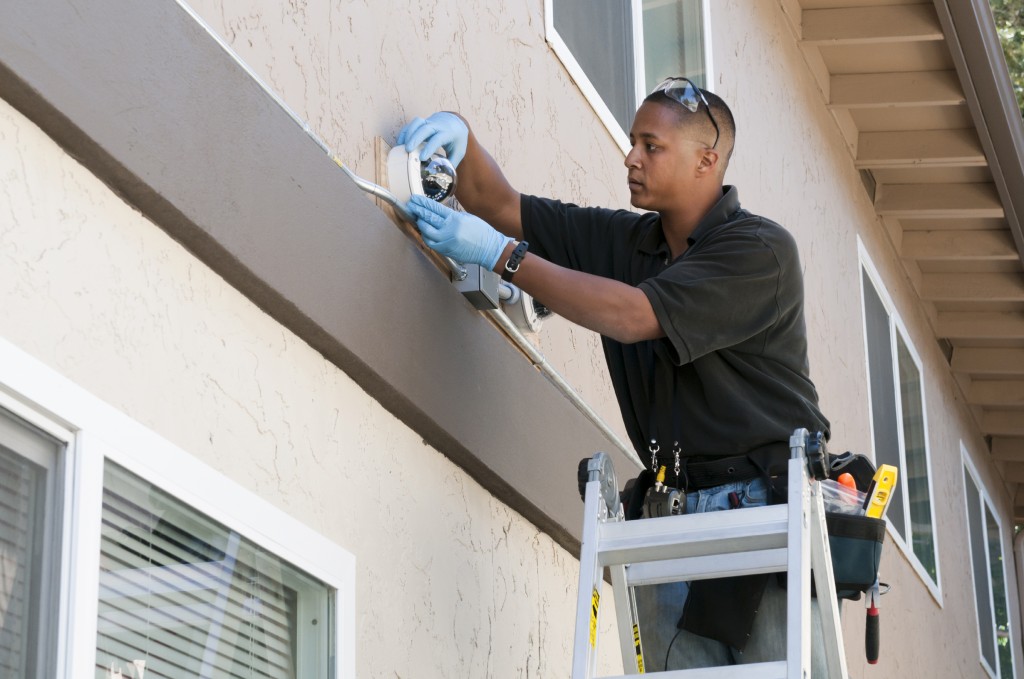The Future of Video Surveillance?
Agent Doug Carlin: “Can we go back?”
Agent Paul Pryzwarra: “No, there’s far too much data for an existing storage system.”
If you’ve ever seen the film Déjà Vu, you may remember these brief lines. Agent Doug Carlin, played by Denzel Washington, frantically asks video technicians to replay a key moment in the surveillance footage — but rewinding is not an option. Because the technology experts have found a way to create video footage of the past by manipulating the time-space continuum, no storage device is capable of storing the enormous loads of data!
The premise of the film pushes the limits of reality. But equally fascinating for IT professionals and security surveillance system builders is the idea of having too much data for any existing storage device to contain.
Hard drives today are designed to store vast amounts of data — but will these systems be sufficient for the ever-increasing storage demands of the video surveillance industry?
The Facts About Video Surveillance and Storage
Just how much storage does the video surveillance market require?
Based on historical camera shipments and the predicted lifespans of these devices, it’s estimated approximately 210,000,000 video surveillance cameras are currently deployed in digital systems worldwide.
Let’s assume each of these cameras operates at industry-standard resolution, quality and frame-rate settings, recording 14 days worth of data. Even at these typical settings, over 18.4 billion gigabytes (GB) of storage is needed to support the world’s surveillance cameras for a mere two-week recording period. The number of hard drives needed to provide such storage capacity would stretch across China twice if laid end-to-end.
These statistics underscore the staggering growth of surveillance and storage technologies over the past 15 years. The amount of storage demanded by today’s surveillance systems for just a two-week time period is 880 times more than the entire capacity manufactured in 1995.
A fundamental enabler of this rapid growth has been the increased availability of low-cost storage. While storage capacities have gone up, costs have gone down—dramatically. In 1995, one GB of storage cost about $995; today, you can pick up a GB for 8 cents.
Increased capacities, improved performance and lower costs in storage technology are driving growth in global camera shipments. Research firm In-Stat cited over 51 million camera shipments for 2014.
In addition, the demand for higher megapixel resolutions is on the rise, and IP cameras are forecast to experience a compound annual growth rate of 13.7% over the next few years.
Importantly — what does this mean for the future of your customers’ surveillance applications? More cameras + higher resolutions = increased storage needs.
Leveraging Hard Drive Technology for Video Surveillance
With the constantly growing demand for storage in the video surveillance industry, technologies that increase data capacities will continue to develop. We’re here, and we’ll continue to be here, to advise you on what capacities will serve your needs — and the slate of other technical elements you need to consider when putting storage into your surveillance solutions.
For example:
- Number of cameras, resolution, and duration of storage: capacity
- Type of configuration: JBOD or RAID?
- Drive count: high or low?
- Workload profile
You can start learning more about Seagate SkyHawk surveillance drives, and what special capabilities your storage should have, right here.









Leave A Comment